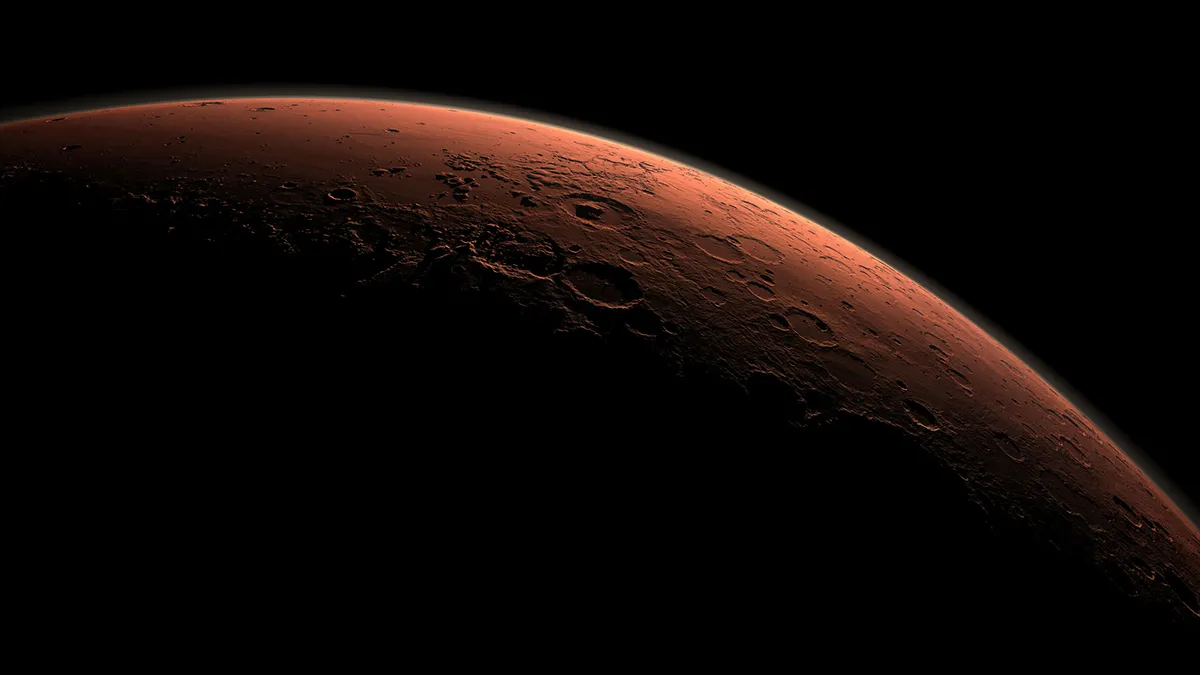Table of Contents
As I’ve repeatedly warned: Never believe a headline. Especially a headline which makes an unbelievably exciting science claim.
If it sounds unbelievable, that’s because it almost certainly is.
Case in point:
Nasa says newly discovered ‘weird’ planet with ‘unknown’ atmosphere is remarkably similar to Earth.
A ‘weird’ planet recently discovered has excited scientists in their hunt for extraterrestial life.
Except that NASA said no such thing. Notice the only two words in quotation marks: “weird” and “unknown”. Those are the only two words actually taken from NASA’s statements.
The rest is pure journalistic tosh.
The truth is that the planet they’re talking about is almost nothing like Earth.
The planet, a temperate sub-Neptune sized body with a 24-day orbit, is eight times closer to its star than the Earth is to the sun, but its temperature is similar to our home planet because the red dwarf itself is less potent.
Similar?
Its atmosphere is approximately 330 Kelvin or 140 degrees Fahrenheit, making TOI-1231b one of the coolest, small exoplanets accessible for atmospheric studies discovered yet. It is possible that there may be clouds high present high in the atmosphere, and possibly evidence of water.
So its mean (if that’s what they mean by “approximate”) atmospheric temperature is 60°C. The mean surface temperature on Earth is about 15°C; the temperature in the atmosphere is much lower – dropping to less than -50°C near the boundary with space.
“The low density of TOI 1231b indicates that it is surrounded by a substantial atmosphere rather than being a rocky planet. But the composition and extent of this atmosphere are unknown!” said [Diana Dragomir].
“TOI1231b could have a large hydrogen or hydrogen-helium atmosphere, or a denser water vapour atmosphere. Each of these would point to a different origin, allowing astronomers to understand whether and how planets form differently around M dwarfs when compared to the planets around our Sun”
So a “substantial atmosphere” (like a gas giant?), atmospheric temperature 45°C higher than Earth’s surface temperature, with a year just 24 days long?
Doesn’t exactly sound “remarkably similar to Earth”, if you ask me.
In fact, the more scientists discover about the planets around other stars, the more unique our own Solar System turns out to be.
“One of the most intriguing results of the last two decades of exoplanet science is that, thus far, none of the new planetary systems we’ve discovered look anything like our own solar system,” said [Jennifer Burt].
“They’re full of planets between the size of Earth and Neptune on orbits much shorter than Mercury’s, so we don’t have any local examples to compare them to. This new planet we’ve discovered is still weird – but it’s one step closer to being somewhat like our neighbourhood planets. Compared to most transiting planets detected thus far, which often have scorching temperatures in the many hundreds or thousands of degrees, TOI-1231 b is positively frigid.”
The Independent
So the best that can be said is that it’s really nothing like Earth, but at least a lot less unlike Earth than all the other ones.
Please share this article so that others can discover The BFD









